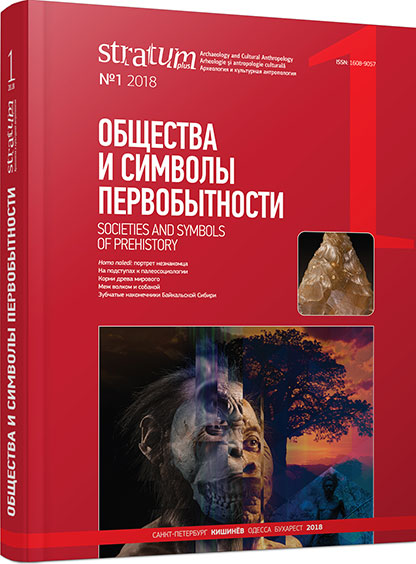Граветт Большого Северного Причерноморья в контексте верхнего палеолита Восточной Европы
Gravettian in the Great North Black Sea Region in the Context of East European Upper Palaeolithic
Author(s): Yuri E. DemidenkoSubject(s): History, Anthropology, Archaeology, Migration Studies
Published by: Издательский дом Stratum, Университет «Высшая антропологическая школа»
Keywords: East Europe; Great North Black Sea region; Upper Palaeolithic; Gravettian; periglacial zone; mammoth role
Summary/Abstract: The article deals with the problem of the total absence of Gravettian sites in the Great North Black Sea region. It can be shown that the Gravettian sites are associated with the forest-steppe sub-zone of the periglacial belt in both the middle part of Eastern Europe and Central Europe. The latter region was a source of Gravettian migrations into Eastern Europe. The periglacial sub-zone was characterized by the presence of rich food resources for mammoths. Numerous “mammoth cemeteries” are also known there. Periodical mammoth hunts and variable use of mammoth bone and ivory were of crucial importance for the subsistence of Gravettian groups. These two “natural-faunal factors” were not present in the Great North Black Sea region, which explains why Gravettian humans did not move into these southern territories of Eastern Europe. Accordingly, the Great North Black Sea region was almost depopulated during ca. 28 000—20 000 uncal BP. This depopulation might have become one of the factors favoring the probable colonization of the region by Epi-Aurignacian groups with Sagaidak-Muralovka microliths ca. 21 000 uncal BP.
Journal: Stratum plus. Археология и культурная антропология
- Issue Year: 2018
- Issue No: 1
- Page Range: 265-284
- Page Count: 20
- Language: Russian
- Content File-PDF

